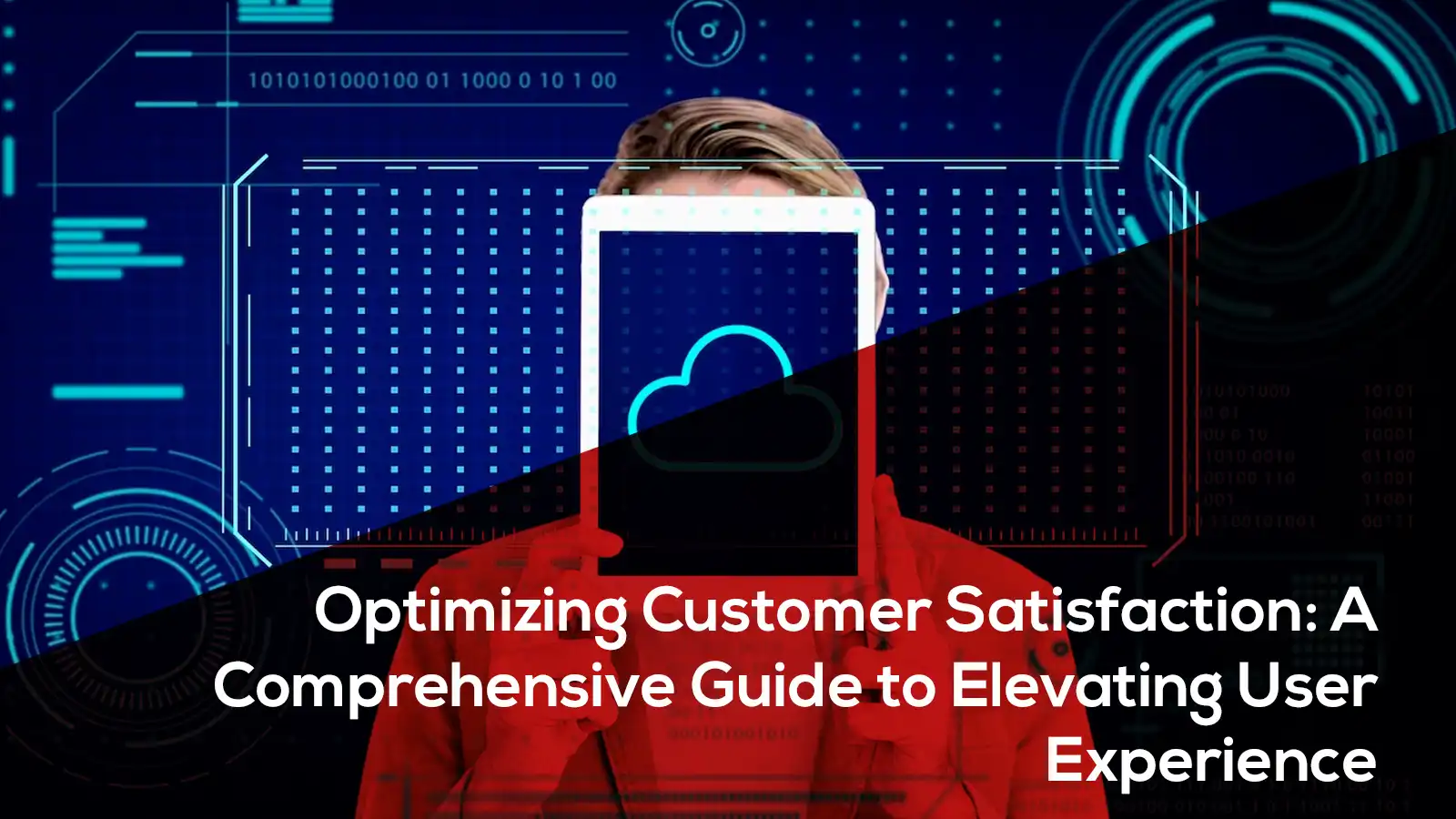Introduction
In today’s competitive business landscape, providing an exceptional user experience (UX) is a necessity. A positive user experience is directly related to customer satisfaction and loyalty, ultimately impacting the success of any business.
This blog post will look into strategies and practices that can significantly enhance your customers’ user experience.
Understanding User Experience
User experience is the overall interaction a person has with a product, service, or system, encompassing every aspect of their journey – from initial awareness to post-purchase support. A seamless and enjoyable user experience is vital for customer retention and can significantly differentiate a brand in a crowded market.
User-Centric Design
The foundation of a great user experience lies in user-centric design. This approach involves understanding your target audience, their needs, and behaviors to create products and services that cater to them. Conducting user research, usability testing, and creating user personas are essential steps in this process.
Statistics show that companies investing in user experience design achieve conversion rates up to 400% higher than those that don’t. For instance, the implementation of user-centric design principles by Airbnb resulted in a 30% increase in user engagement.
Mobile Optimization
Optimizing your digital platforms for mobile devices is crucial in an era dominated by smartphones. Mobile traffic accounts for over 50% of global website traffic, and a poor mobile experience can lead to a significant drop in user engagement.
Businesses must ensure responsive web design and create mobile-friendly applications to enhance the overall user experience.
Personalization
Tailoring the user experience based on individual preferences and behaviors is a powerful strategy. According to a study by Epsilon, 80% of consumers are more likely to purchase when brands offer personalized experiences.
Implementing personalized recommendations, content, and communication can significantly improve user engagement. Amazon, for example, utilizes algorithms to recommend products based on users’ browsing and purchase history, resulting in increased sales and customer satisfaction.
Streamlined Navigation and Accessibility
Complex and confusing navigation can frustrate users and drive them away. A streamlined and intuitive navigation system is crucial for creating a positive user experience. Moreover, ensuring accessibility for users with disabilities is not only ethically important but also legally mandated in many regions.
Statistics indicate that 71% of websites lose potential business due to inaccessible design. Investing in accessibility not only broadens your user base but also fosters a positive brand image.
Fast Loading Speeds
Users expect websites and applications to load quickly. Research indicates that 40% of users abandon a website if it takes more than three seconds to load. Slow loading speeds can result in high bounce rates and decreased user satisfaction.
Optimizing images and utilizing Content Delivery Networks (CDNs) are effective strategies to enhance loading speeds. Google’s PageSpeed Insights is a valuable tool for assessing and improving website performance.
Conclusion
Enhancing your customers’ user experience is a multifaceted effort that requires a deep understanding of your audience and a commitment to ongoing improvement. User-centric design, mobile optimization, personalization, streamlined navigation, accessibility, and fast loading speeds are key elements that can significantly contribute to a positive user experience.
In a world where customer expectations are continually evolving, businesses that prioritize user experience will not only retain existing customers but also attract new ones. By implementing the strategies discussed in this blog post, you can elevate your brand’s reputation, foster customer loyalty, and ultimately drive long-term success.
FAQs on Enhancing User Experience
Why is user experience (UX) important for my business?
User experience is crucial as it directly influences customer satisfaction, loyalty, and overall business success. Positive UX increases engagement, higher conversion rates, and a favorable brand perception.
How can I determine if my website or application needs a UX improvement?
Conduct user feedback surveys, analyze user behavior metrics, and pay attention to bounce rates. If users find it challenging to navigate, experience slow loading times, or express dissatisfaction, it’s a clear sign that improvements are needed.
What is user-centric design, and how does it benefit my business?
User-centric design focuses on understanding users’ needs and preferences, ensuring that products or services align with their expectations. This approach leads to increased customer satisfaction, improved usability, and ultimately, higher conversion rates.
How can I optimize my website for mobile users?
Adopt responsive web design to ensure your site adapts to various screen sizes. Prioritize mobile-friendly content and functionalities, and regularly test your website on different devices to ensure a seamless mobile experience.
What role does personalization play in enhancing user experience?
Personalization tailors the user experience based on individual preferences. It leads to increased user engagement, as personalized content, recommendations, and communication resonate more with users, fostering a sense of connection with your brand.
How can I create a more accessible user experience?
Prioritize accessible design by adhering to guidelines such as WCAG (Web Content Accessibility Guidelines). Ensure text alternatives for non-text content, keyboard navigation, and compatibility with assistive technologies to make your digital platforms inclusive for users with disabilities.
Why is website loading speed important for user experience?
Users expect fast-loading websites, and research shows that slow loading times can lead to high bounce rates. Optimize images, leverage browser caching, and consider using Content Delivery Networks (CDNs) to improve loading speeds and enhance the overall user experience.
Can I improve user experience without a complete redesign of my website or application?
Yes, incremental improvements are possible. Conduct usability testing, gather user feedback, and prioritize changes based on critical pain points. Small adjustments, such as improving navigation or page loading times, can have a significant impact on user experience.
How can I measure the success of UX enhancements?
Utilize key performance indicators (KPIs) such as conversion rates, user engagement metrics, and customer satisfaction scores. Regularly monitor these metrics before and after implementing UX changes to gauge their effectiveness.
Is investing in user experience a one-time effort?
No, user experience is an ongoing process. User expectations evolve, and technology advances, requiring continuous efforts to adapt and improve. Regularly assess user feedback, stay informed about industry trends, and make iterative enhancements to keep your user experience optimal.








